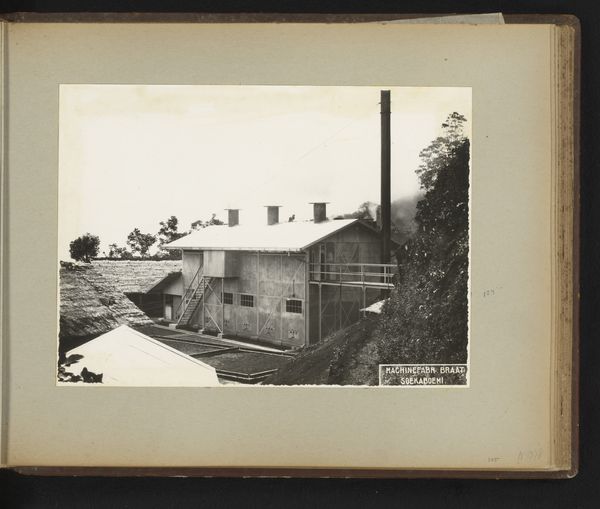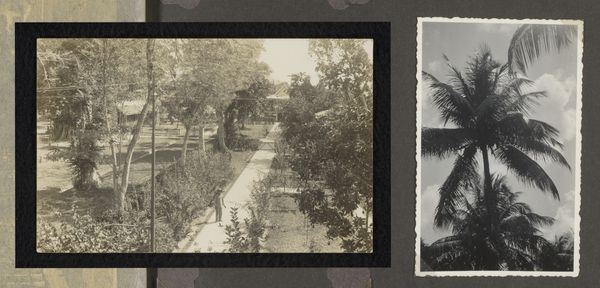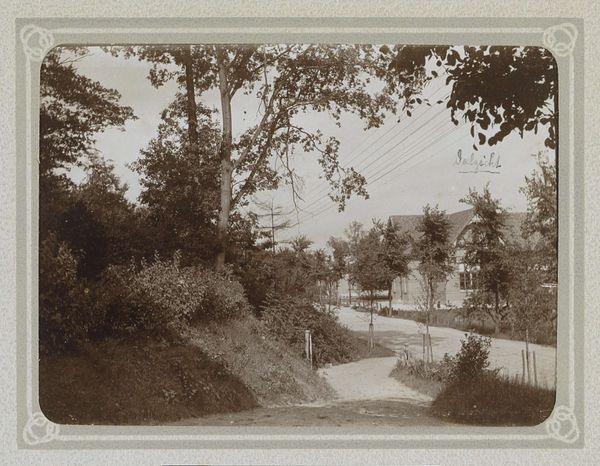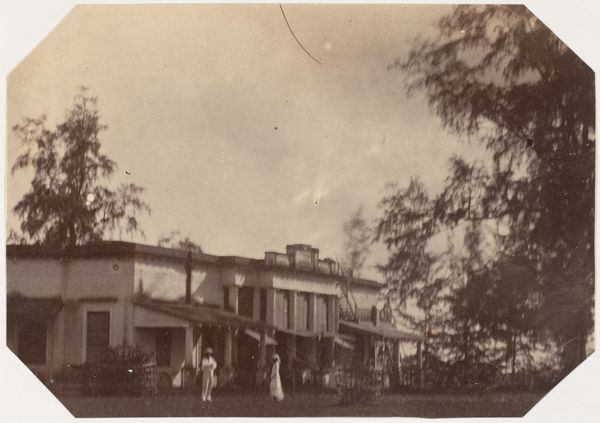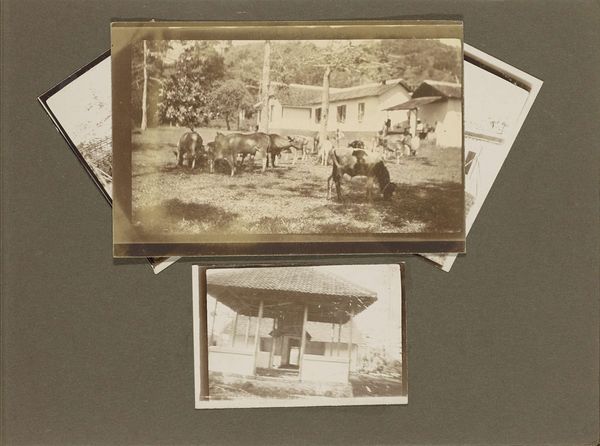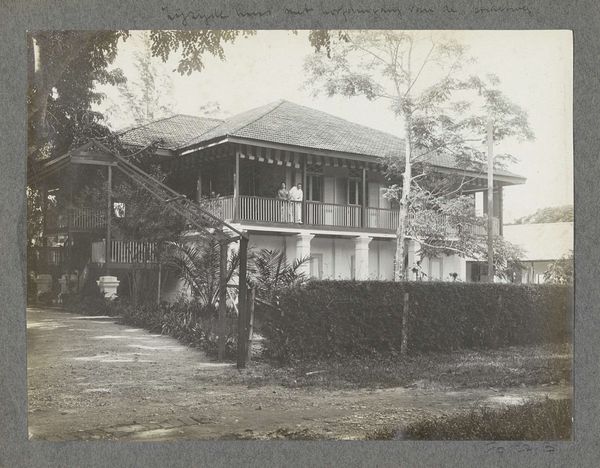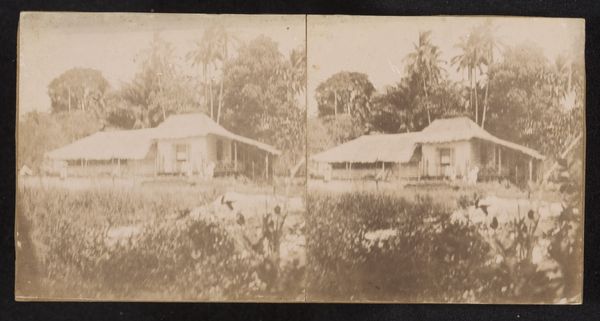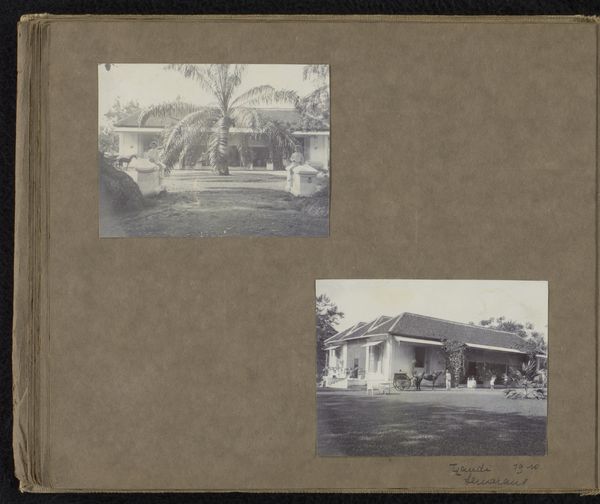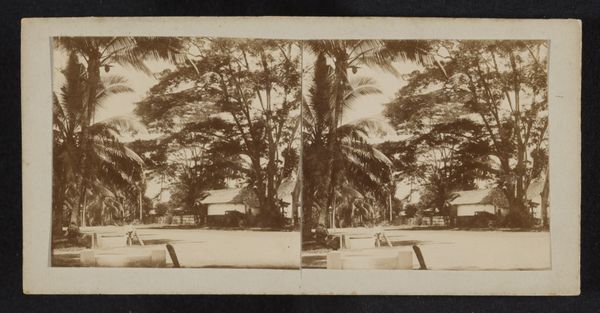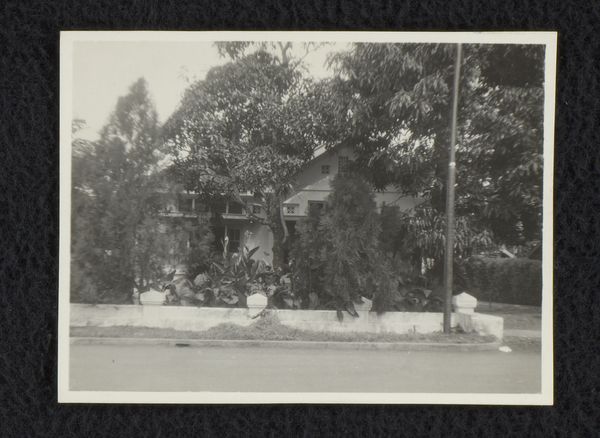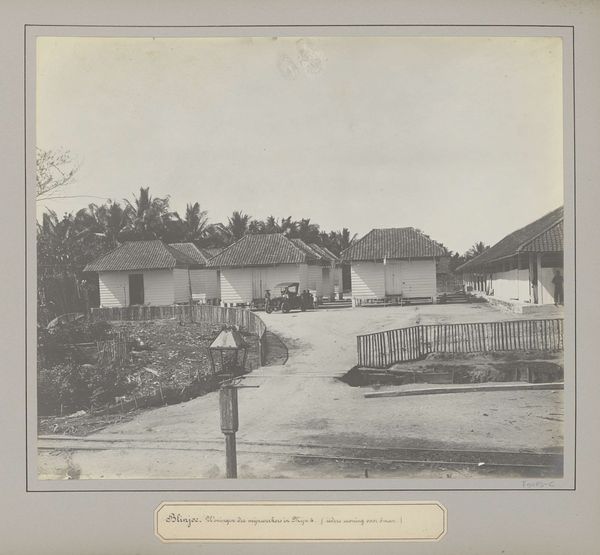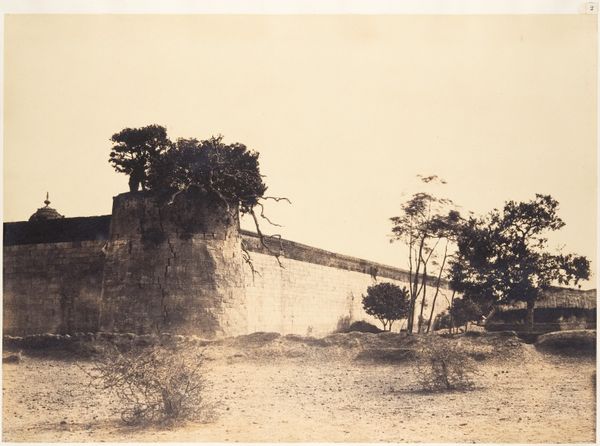
photography
#
pictorialism
#
landscape
#
photography
#
realism
Dimensions: height 124 mm, width 110 mm
Copyright: Rijks Museum: Open Domain
Editor: Here we have “Bij Paradise,” a photograph dating to 1891, made by Gomez Burke. It depicts, as the title suggests, a kind of idyllic scene. It makes me think about colonial visions of paradise. What stands out to you about it? Curator: What’s fascinating is looking beyond the immediate aesthetic appeal and considering the material conditions that allowed this image to exist. The availability of photographic materials, the transport needed to both reach and photograph this location—all speaks to larger structures of trade and colonialism. Do you see how the very concept of "paradise" is tied to extraction and exploitation of both natural resources and, presumably, labor? Editor: That's a pretty grim take on "paradise." The scene seems very calm, almost pastoral. Curator: Yes, the composition leads you to believe that! But the *making* of such images often relied on exploiting vulnerable populations. Burke’s photographic choices, such as this landscape orientation, reinforce established hierarchies. How were these buildings constructed? Who lived there, and what was the photographer doing there? Editor: I guess I hadn’t thought of the labor involved, both in the physical taking of the photo and the construction of this apparent paradise! It changes how you see it. Curator: Exactly! The photograph isn’t just an innocent snapshot. It's the result of complex systems and choices, leaving me to question whose ‘paradise’ this really is. What story are the materials and labour embedded within it actually telling us? Editor: I see what you mean. By examining the means of production of the image, and the scene itself, we get a much more nuanced perspective. It definitely pushes you to think beyond just the surface level! Curator: It requires us to acknowledge photography’s relationship with systems that were very far from idyllic for most. It makes the very idea of ‘paradise’ itself feel contingent and constructed.
Comments
No comments
Be the first to comment and join the conversation on the ultimate creative platform.
